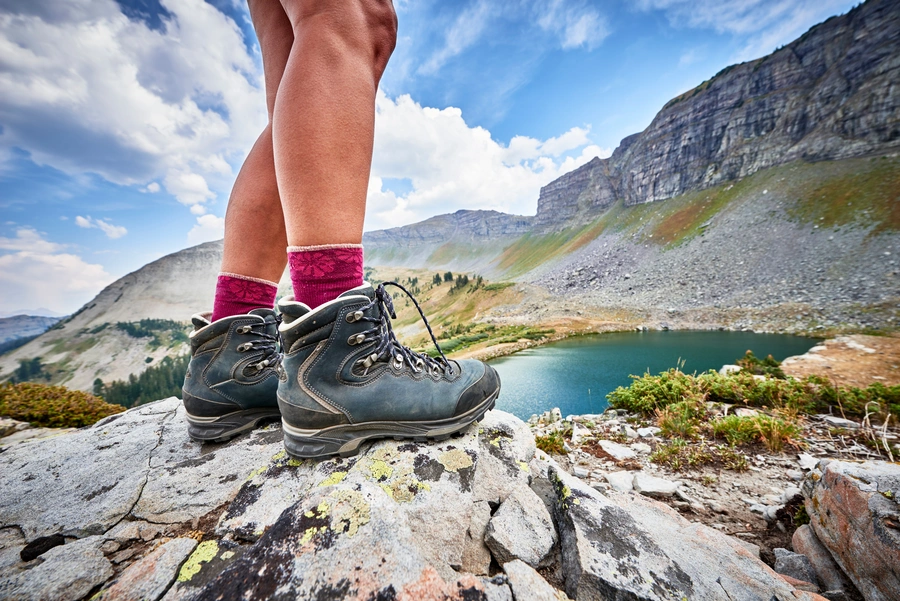Walking boots are a significant investment for outdoor enthusiasts. Choosing the right pair involves considering factors such as material, design, and specific features like waterproofing and breathability. To maximise the lifespan of your boots and ensure they remain effective on varied terrains, proper care and maintenance are essential.
The Importance of Regular Cleaning
Mud, dirt, and debris can affect both the appearance and functionality of walking boots. If not cleaned, mud can dry and harden within the boot’s treads, leading to clogged and flattened soles that compromise traction and safety on hikes. Regular cleaning not only maintains the boots’ aesthetic appeal but also their structural integrity and functionality.
Step-by-Step Cleaning Guide
- Initial Dirt Removal: Begin by knocking your boots together outside to dislodge any large pieces of dirt or stones. Use a soft-bristled brush to gently scrub off the remaining dirt from the upper and the soles.
- Prepare a Cleaning Solution: Fill a bucket with lukewarm water and add a mild soap or a boot-specific cleaner. Avoid using harsh chemicals, as these can damage the materials, especially leather.
- Cleaning the Upper: Soak a soft cloth or soft brush in your cleaning solution and carefully clean the boot’s upper parts. Pay extra attention to dirt-prone areas such as around the laces and the tongue. For leather boots, use a product formulated specifically for leather to avoid damaging the surface.
- Tackling the Outsole: Use a stiffer brush for the outsole to remove trapped debris in the treads effectively. This is vital for maintaining optimal grip and preventing slips on slick surfaces.
- Rinsing: Thoroughly rinse your boots with clean water to remove any soap residue. Soap left on the boots can attract more dirt and degrade material quality over time.
- Drying the Boots: It’s important to avoid drying your boots near direct heat sources like radiators or direct sunlight, as this can damage the material. Instead, you can use newspaper to absorb moisture and help the boots maintain their shape as they dry.
- Conditioning Leather Boots: Once dry, apply a leather conditioner to keep the leather supple and water-resistant. Avoid conditioning fabrics as this can impede their breathability.
- Reapplying Waterproof Treatment: Regularly apply a waterproofing treatment to maintain the effectiveness of the boots in wet conditions. This is particularly important after several washes or if the boots frequently get wet.
Additional Maintenance Tips
- Post-Hike Care: After each hike, take a few minutes to wipe down your boots with a damp cloth. This prevents dirt from setting into the material and makes thorough cleanings easier.
- Regular Inspections: Frequently inspect your boots for wear and damage, particularly looking at the soles and seams. Early detection of issues can prevent them from becoming major problems.
- Proper Storage: Store your boots in a cool, dry place to avoid damp environments that can promote the growth of mould and mildew. Keep them out of direct sunlight to prevent the material from deteriorating.
- Lacing and Unlacing: Properly unlace your boots before taking them off and lace them correctly each time. This helps maintain the boot’s shape and fit, reducing stress on the eyelets and upper material.
By following these detailed steps and tips, you can ensure your walking boots remain in top condition, providing reliable performance and comfort on your hiking adventures. Regular care not only extends the life of your boots but also enhances your overall hiking experience.


